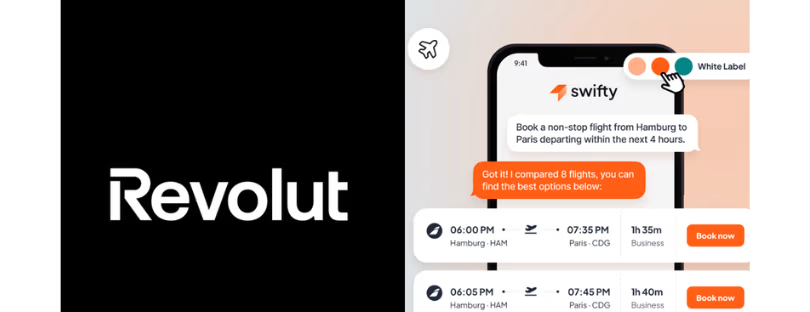
4G Dominates IoT Cellular Modules, 60%+ Market Share
Global technology intelligence firm ABI Research has been actively monitoring the activities of 52 IoT cellular module vendors for the previous two years, collating all available information about their module portfolios into a single central repository, to offer a thorough overview of all that is available. The first release of this dataset contains information about the vendors, technology, spectrum utilization, form factor, and any value-added features for each module model.
1,037 IoT models from across the 52 module vendors are presented. “Though 5G is not a novelty, there are only 45 cataloged 5G IoT module models available,” says Harriet Sumnall, IoT Hardware and Devices Research Analyst at ABI Research. “This is not surprising, due to 5G not being applicable to many IoT applications outside of the automotive space and for fixed wireless terminals, due to the original release of 5G baseband modems being aimed at consumer mobile broadband market.”
The largest technology generation of module models cataloged is 4G, which is not a shock since, unlike 2G and 3G, 4G is not under threat from network sunset. 4G represents 60% of the module models cataloged, spanning both high bandwidth – Cat.12 to Cat.20 – and low bandwidth – Cat.1 to Cat.4. In addition to this, 4G is a technology that is globally available and is the current technology of choice for mid-to-long term future proofing of IoT devices. Making up a further 20% of the cataloged module models are those featuring Low Power Wide Area (LPWA) technologies, namely NB-IoT and LTE-M. LPWA is still in its earliest stages of growth, with most of the module sales activity to date being in China, and for NB-IoT. IoT Cellular
Though LPWA is still emerging as a connectivity technology within the IoT, it will become the leading technology of choice for many applications, such as smart street lighting, in the years to come. “Module vendors will be releasing more of both 5G and LPWA module models as these technologies find their feet within the IoT space. It must be noted, however, that any sluggishness in the uptake of any technology is not due to the lack of availability of module hardware,” Sumnall concludes.









